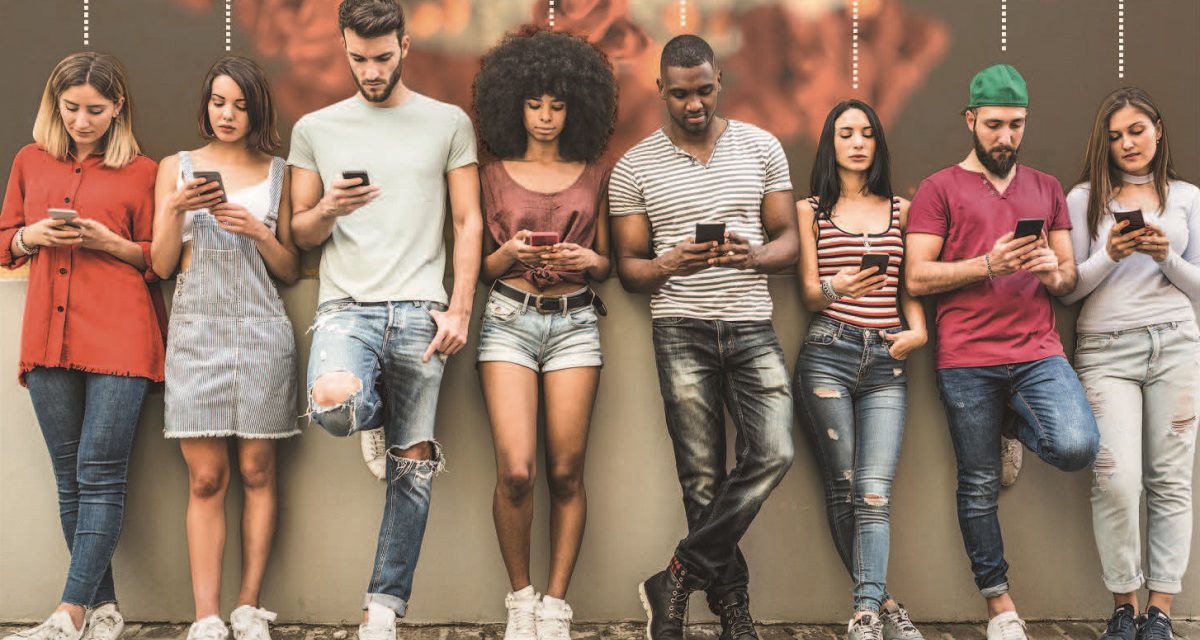As people across the world quarantine themselves and practice social distancing amidst the outbreak of COVID-19, one demographic is having trouble putting the same measures into practice. A substantial portion of the younger generation, specifically college-aged students under the age of 24, have gone about their lives as usual. Recently making headlines, many college students traveled from all over the country to celebrate spring break across Florida beaches, despite recommendations to stay home and practice social distancing to curtail the spread of COVID-19. Most are under the impression that COVID-19 is only dangerous to the elderly and people with compromised immune systems or preexisting conditions, but growing evidence paints this as untrue.
This belief was initially held because early data out of China, where the outbreak began, showed that less than one percent of people under age 50 died of COVID-19, whereas the fatality for those over age 80 was 15 percent. However, the World Health Organization (WHO) warns that young people are not invincible in the face of this virus. According to the Centers for Disease Control and Prevention (CDC), approximately 14-21 percent of American individuals between the ages of 20 and 44 have been hospitalized due to COVID-19. This number is sure to grow as the infection spreads and cases throughout the United States multiply. Furthermore, many young people have an underlying condition that makes them vulnerable to severe infection and subsequent death. They might be unaware of this due to lack of healthcare coverage leaving them undiagnosed, putting them at risk without them even knowing they’re at risk. In Spain, a 21 year-old soccer coach didn’t know that he had leukemia until he was hospitalized with COVID-19 symptoms. He passed away.
Mike Ryan, head of the WHO’s emergency program, noted that 20 percent of coronavirus-related fatalities in South Korea were people under the age of 60, and that Italy has also noticed a trend of younger people dying of the illness. “Physicians in Italy will attest to this, and in Korea. This isn’t just a disease of the elderly. There is no question that younger, healthier people experience an overall less serious disease. But a significant number of otherwise healthy adults can develop a more severe form of the disease,” stated Ryan. However, in neither Italy nor South Korea, no one under the age of 30 has died of COVID-19, as of March 26.
In the U.K., on the other hand, a 21 year-old woman, with no reported underlying conditions, died of COVID-19. Stateside, a young person in Los Angeles County became the first U.S. citizen under age 18 to die of COVID-19. This case is still under examination by the CDC to confirm that no underlying health conditions exacerbated the infection. Either way, these tragic losses serve as proof that young people are not spared from this disease.
Even if a young person is less likely to die from COVID-19, they run the risk of being hospitalized by severe infection. As hospitals across the country face overcapacity, a rise in infections burdens the infrastructure of our healthcare system. This is devastating for future COVID-19 patients, and it puts those seeking care for non-coronavirus related emergencies at risk of being turned away. The best thing that people can do to mitigate this threat is to stay home to lower their chances of infection.
Even if the infection itself is mild to moderate, as it’s likely to be for most young people, it has to be taken seriously for multiple reasons. Not only is COVID-19 is highly contagious, an infected individual can remain asymptomatic (without symptoms) for two weeks before they fall ill. During this time, if they’re not practicing social distancing, they’re spreading the virus to others. This prolongs the outbreak and puts those with health conditions, weakened immune systems, and the elderly at greater risk of contracting and dying of the disease. According to WHO, COVID-19 may live on surfaces from up to a few hours to a few days (depending on the surface material). Additionally, the virus can stay in the air – from coughs and sneezes – for up to three hours.
Social distancing is important because it slows down and prevents the spread of the virus by limiting person-to-person contact. Following guidelines for maintaining social distance is important regardless of whether an individual is high-risk. Social distancing might feel like an inconvenience, or like things are being blown out of proportion, but it’s an important step in protecting ourselves and others until a vaccine for this virus is developed and approved.
Social distancing looks different for different people. For some, it means postponing their vacations and nonessential travel, forgoing plans with friends, and working from home (when possible). For elders dealing with feelings of isolation before the outbreak, social distancing takes them away from religious gatherings, volunteering, and other activities that help them maintain relationships. However, social distancing doesn’t mean swearing off human connection until the pandemic is over. This is the time to use the telephone, Skype, and FaceTime. People might not be able to be with each other physically, but all connection is not lost.
Life interrupted by a sudden pandemic is the current reality of people across the globe; the situation is unfortunate but none of us are in this alone. With that said, it’s important that everyone does their part. The sooner everyone cooperates, the sooner we can all get out of this mess. So do your part. Practice social distancing. And please, wear a damn mask!








